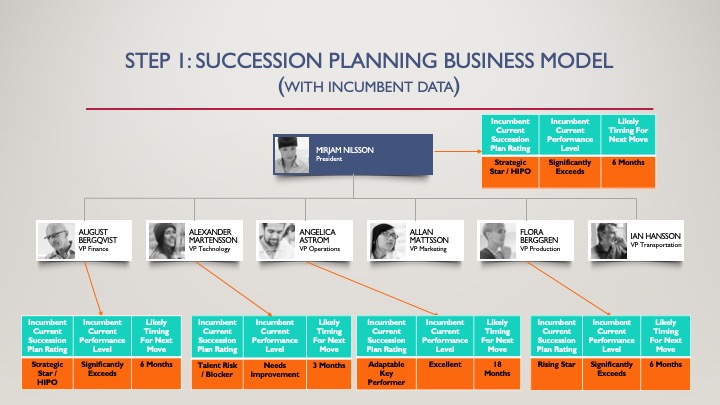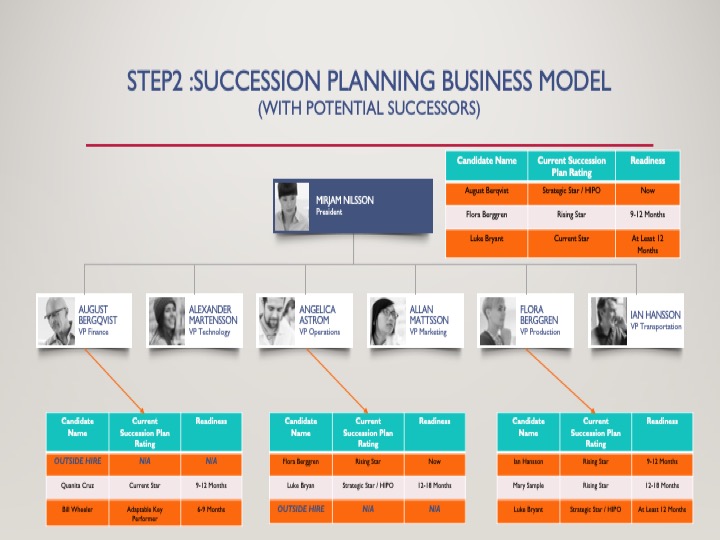I don’t know of a single event in my lifetime that has had the world gripped in fear and was not as a result of the actions of one country or person.
Countries, businesses, and families have been affected.
Some people will wallow in the constant changing events or numbers of lives lost.
Some people will heed advice of doomsayer’s and continue to stock up unnecessarily on toilet paper.
Some people will sit back and see what happens.
What about you? The business owner? The solopreneur? You are not helpless in this situation!
I have long professed the use of the “CMD” Plan; also known as the Crisis Management Dozen Plan. I have modified it slightly based on current events.
Let me explain……
It is all centered around “Taking Care”. Taking care of what’s most important:
1. Care of Yourself and Your Family
2. Care of Your Business
3. Care of Your People
Each of these, has 4 components that each of us could, and should, focus on during any time of crisis.
1. Care of Yourself and Family
Very easily put, you are no use to yourself or anyone else unless you start by focusing on yourself. You do this by starting with 4 very simple, yet important steps:
A. Assure your safety and that of your family. Make sure that you and your family are healthy and safe and take the necessary precautions to assure that this continues. Keep yourself and family insulated (I prefer to use this word rather than isolate) from harm by assuring you have a safe place to call “home”. This includes assuring you have the necessary amount of food, supplies, medication, etc. to make it through the period of time that you may need to be sheltered and “insulated”.
B. Make prudent financial decisions. During times of crisis, financial instability abounds. It may not be the right time to buy that new car or book a vacation. Your source of income could be jeopardized and may need to put your “rainy-day fund” in play.
C. Keep calm and poised. You cannot change the actions or behaviors of others; you can only control your own. If you have a family, you may be setting the tone for others’ actions. Be mindful of what you do and say.
D. Keep growing. If you need to work remotely, or you happen to have a reduced workload or even lose your job. Never stop learning and growing. Use technology to your advantage. There are many FREE websites and sources for education and training. LinkedIn offers free training and development courses. Use this time to positively focus your energies on activities that move you forward.
2. Care of Your Business:
Once you have assured the safety and health of you and your family, you can turn your attention to that of your business.
A. Business Continuity. All businesses should have a business continuity plan. What happens if you experienced a blizzard? A hurricane? An earthquake? A system-wide computer virus? Will you continue to operate? If so, how and where? When world events like we are experiencing now, when we are being asked to assure social distancing, working in a normal business center may not be acceptable, but you need to continue operating your business. How do you do it? You can start now if you don’t already have a plan.
B. Current Financial Review. Current world events of business environment conditions may warrant an in-depth look at your short-term financial stability. Has your business suffered revenue loss? Can you make payroll this month? Will you need to cut expenses and/or staff? If so, when and how much?
C. Business Plan Review. When is the last time you looked at your business plan? I’m not talking about your annual plan or a review of your P&L statement, I’m talking about your strategic plan. If during times of crisis, your business is slowed, take the opportunity to brush the cobwebs off your (strategic) business plan. Are you where you wanted to be (under normal business conditions)? Do you need to adjust your plan or consider alternative strategies? Now is the time.
D. People Strategy Review. Those that know me know I preach about the need for a people strategy. Now is the time to review that strategy as well. Start with a review of your succession plan. Depending upon the severity of the world events, and the possible turnover of employees, you need to assure you have the right people, in the right jobs, at the right time, for the right reasons.
3. Care of Your People:
Once you have looked at the business, you need to look at your people; the heartbeat of your business.
A. Assure the Safety of Your Employees. If your business has employees that are in a brick and mortar facility, you need to assure the safety of your employees, customers and visitors under any circumstances. Under current events, if your business is still operating and not shut down, this means you need to assure that you take the necessary precautions of social distancing, extraordinary cleanliness procedures and perhaps even providing masks and/or hand sanitizers.
B. Use Virtual Offices or Work from Home Provisions. Whether your business has a formal telecommuting or work from home policy or not, you should consider the implementation of such programs to minimize the potential for spreading of any contagious conditions.
C. Support the Needs of Your Employees and Their Families. Employees with school-age children may be faced with the reality that they need to be home with their children as a result of school closures. The employee themself, or their family member, may be sick or contagious. Support, where possible the work from home provision. If the employee is a production worker or someone that needs to be in the workplace, perhaps there are on-line training courses that this individual can benefit from while completing from home.
D. Communicate. Communicate. Communicate. In times of chaos, people (employees) are begging for information. Over the past week or so, I have received no less than 3 dozen emails from CEO’s of banks, financial institutions, public services, etc. explaining what they are doing to assure the safety of their customers, their employees and of their families. While they may all have similar messages, they all felt the need and importance for communicating to their customers. As a business owner, you need to assure ongoing communication with employees; whether you are open or closed! Ongoing communications to keep your employees abreast of the business, as well as to reinforce calm and a showing of support for all your employees is not optional, but mandatory during these unsettling times.
As I indicated earlier, I have modified the CMD Plan based upon current events. However, the basis for the CMD Plan are important and critical during any emergency situation.
For more information on our CMD Plan or any component within this article, please contact Randy Lumia, President and People Strategy Lead at Paradise Workplace Solutions, LLC. at Randy.Lumia@ParadiseWorkplaceSolutions.com








